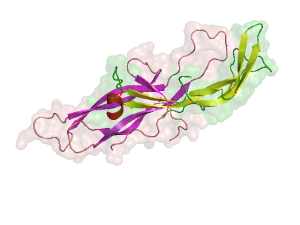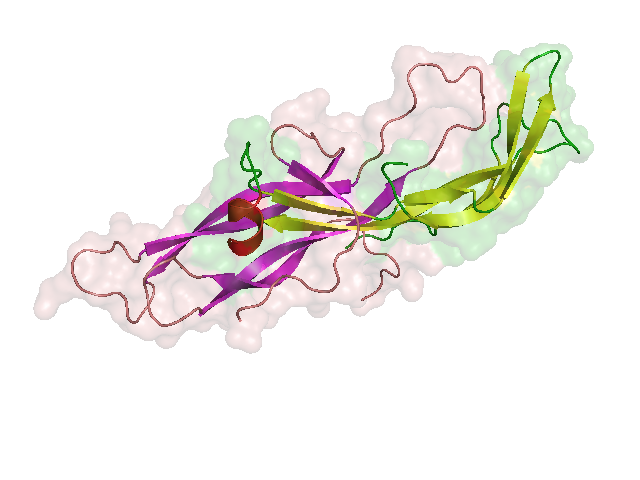 Women over 43 are generally told it is near-impossible for them to have their own baby, even via IVF (in vitro fertilization).
Women over 43 are generally told it is near-impossible for them to have their own baby, even via IVF (in vitro fertilization).
But a new, if small, study in the Journal of Endocrinology indicates those odds may improve, for the first time, by giving older women certain fertilization drugs earlier in their cycles, according to a group of teams from the Center for Human Reproduction (CHR), Albert Einstein University, and Rockefeller University’s Laboratory of Stem Cell Biology and Molecular Embryology, among others.
The new paper aims to challenge the long-held belief that women go infertile due to aging eggs—and shifts the blame to aging of the astronomically less complex follicles cushioning them.
“I believe we will, very soon, find the embryos’ quality, and even the IVF outcome, will be improved in older woman patients undergoing ART (assisted reproduction technology) treatment,” when larger patient populations are tested under the new early retrieval protocol, lead author Yan-Guang Wu, M.D., CHR embryologist, told Drug Discovery & Development.
Challenging the long-held ‘oocentric’ view
For the study, researchers led by the New York-based CHR decided to explore possible reasons for the sharp drop in IVF success rates occurring among women in their early 40s. Recent research has found that successful pregnancy rates plummet to 1.3 percent in women age 44, down from an already low 23.6 per in women age 38 to 39.
[pullquote]The new paper aims to challenge the long-held belief that women go infertile due to aging eggs—and shifts the blame to aging of the astronomically less complex follicles cushioning them.[/pullquote]
The teams analyzed differences in reproductive tissue from 31 young egg donors (21 to 29 years old), 64 middle-aged donors (30 to 37 years old), and 41 older infertile donors (43 to 47 years old).
The teams discovered that granulosa cells, which encompass eggs in the ovary and produce hormones to protect them and aid their growth, were significantly less healthy—less likely to expand and differentiate—in older women than the other two groups. The older women’s granulosa cells expressed fewer cell receptors for follicle-stimulating hormone (FSH), and more cell receptors for luteinizing hormone (LH) and progesterone.
These alterations in hormone sensitivity revealed that granulosa cells of older women were at greater risk of triggering luteinization prematurely. Luteinization stops ovaries from maturing more eggs, and prepares the uterus for pregnancy. Luteinization in healthy younger ovaries generally occurs only post-ovulation, when rising levels of LH cause FSH levels to fall and progesterone levels to rise.
But if luteinization is started before the monthly egg has even left the ovary, chances of pregnancy plummet for a reason that is still unknown.
Traditionally in IVF, doctors wait until egg follicles reach a certain size before injecting women with the hormone human chorionic gonadotropin (hCG). HCG ripens eggs, and readies them for harvesting. In the new study, the teams therefore administered hCG earlier than usual, when follicle sizes were 16mm instead of the usual 19-21mm. The thought: at this earlier stage, the eggs (and more critically, their protective granulosa cells) would be less likely to have been affected by premature luteinization.
While eggs harvested this way were more immature, they did generate a higher number of good quality embryos.
The group then tested an early retrieval group (ERG) that included 71 consecutive IVF cycles in women above age 43 (mean age 44.8±0.3 years), for which cycle outcomes could be compared to a reference group of 91 women above age 43, who in the preceding year had been treated with normal retrieval timing (NRG, mean age 44.3±0.15 years). The ERG received identical stimulation for the infertile patients 243 (groups two and three), and, therefore, identical stimulation to the NRG control group. What distinguished these groups was the timing of hCG administration. While NRG patients were triggered with hCG at leading follicle size of 19 to 21mm, the ERG group was triggered at 16mm. Otherwise, IVF cycles were identical.
IVF success rates were higher in older women undergoing earlier retrieval than in those undergoing the traditional procedure.
“If the assumption of poorer oocyte quality is correct, then even resting follicles and their enclosed oocytes should exhibit the detrimental consequences of `aging,`’ the teams reported. “We have questioned this `oocentric’ viewpoint on theoretical as well as practical grounds: Since primordial follicles are progenitor structures, widely held to have limited energy needs and metabolic activity, one could alternatively propose that their predisposition toward ‘aging’ is, likely, only minimal….The concept of the `aging oocyte’ might have to be replaced by a concept of ‘aging ovarian environments’ in which follicles after recruitment undergo growth and maturation.”
Larger trial needed
Wu told Drug Disvovery & Development that “the hypothesis in our study is that the surroundings of growing oocytes growing are more easily affected by advanced female aging. This would finally negatively affect oocyte quality. In other words, oocytes age relatively slower than their growing surroundings. We believe our finding should be able to benefit women with advanced age in ART treatment. But this hypothesis needs to be investigated more, in a larger trial, to be finally confirmed. And the mechanism still remains unclear.”








